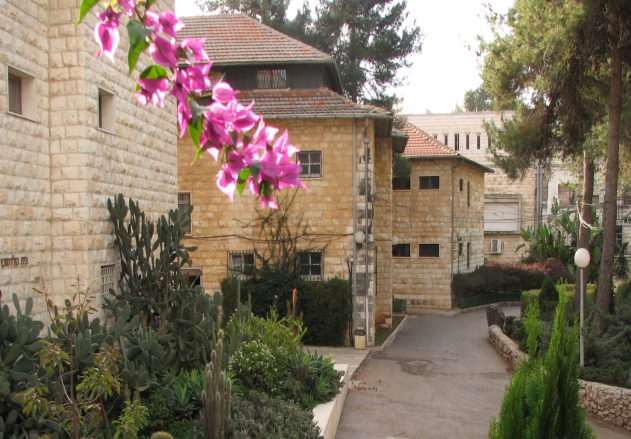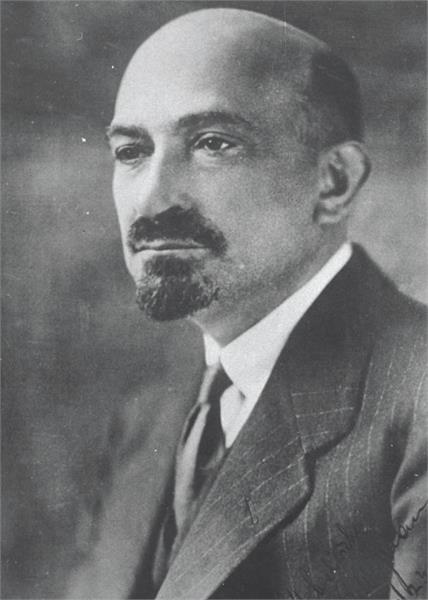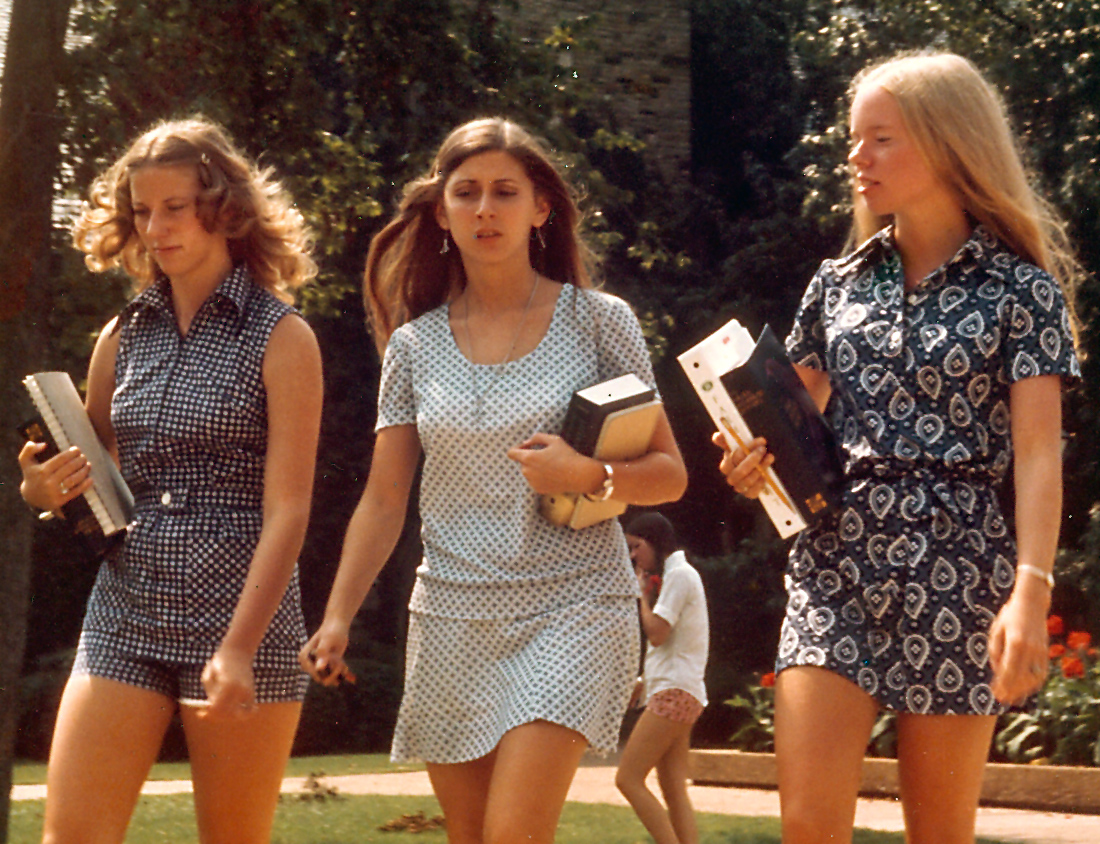|
Eshel HaNasi
Eshel HaNasi ( he, אֵשֶׁל הַנָּשִׂיא, ''lit.'' Tamarisk of the President) is a youth village in southern Israel. Located between Beersheba and Ofakim, it falls under the jurisdiction of Merhavim Regional Council. In it had a population of . History A school was established on the site in 1951, and took its name from the tamarisk trees that grow in the region, and from the title of the President of Israel, in honor of Israel's first president, Chaim Weizmann. Taken together, the name means "Tamarisk of the President." The following year an agricultural school and youth village were founded on the site, taking the name of the original school. Today it contains a boarding school A boarding school is a school where pupils live within premises while being given formal instruction. The word "boarding" is used in the sense of "room and board", i.e. lodging and meals. As they have existed for many centuries, and now exten ... and a high school teaching aro ... [...More Info...] [...Related Items...] OR: [Wikipedia] [Google] [Baidu] |
Merhavim Regional Council
Merhavim Regional Council ( he, מועצה אזורית מרחבים, ''Mo'atza Azorit Merhavim'') is a regional council in the Southern District of Israel. It covers 14 moshavim, a community settlement, a youth village and an educational institution. List of communities *Moshavim **Bitha · Eshbol · Gilat · Klahim · Maslul · Nir Akiva · Nir Moshe · Pa'amei Tashaz · Patish · Peduim · Ranen · Sde Tzvi · Talmei Bilu · Tifrah *Community settlement **Mabu'im **Shavei Darom *Youth village ** Eshel HaNasi *Other village (educational institution) **Adi Negev Adi Negev ( he, עַדִי נֶגֶב), formerly named Aleh Negev, is a rehabilitation village for disabled children and adults in southern Israel. Located near Ofakim and covering , it falls under the jurisdiction of Merhavim Regional Council. ... {{Coord, 31.450, N, 34.700, E, display=title, source:cawiki Regional councils in Israel 1951 establishments in Israel ... [...More Info...] [...Related Items...] OR: [Wikipedia] [Google] [Baidu] |
Tamarix
The genus ''Tamarix'' (tamarisk, salt cedar, taray) is composed of about 50–60 species of flowering plants in the family Tamaricaceae, native to drier areas of Eurasia and Africa. The generic name originated in Latin and may refer to the Tamaris River in Hispania Tarraconensis (Spain). Description They are evergreen or deciduous shrubs or trees growing to in height and forming dense thickets. The largest, ''Tamarix aphylla'', is an evergreen tree that can grow to tall. They usually grow on saline soils, tolerating up to 15,000 ppm soluble salt, and can also tolerate alkaline conditions. Tamarisks are characterized by slender branches and grey-green foliage. The bark of young branches is smooth and reddish brown. As the plants age, the bark becomes gray-brown, ridged and furrowed. The leaves are scale-like, almost like that of junipers, 1–2 mm (1/20" to 1/10") long, and overlap each other along the stem. They are often encrusted with salt secretions. The pink to w ... [...More Info...] [...Related Items...] OR: [Wikipedia] [Google] [Baidu] |
Youth Village
A youth village ( he, כפר נוער, ''Kfar No'ar'') is a boarding school model first developed in Mandatory Palestine in the 1930s to care for groups of children and teenagers fleeing the Nazis. Henrietta Szold and Recha Freier were the pioneers in this sphere, known as youth aliyah, creating an educational facility that was a cross between a European boarding school and a kibbutz. History The first youth village was Mikve Israel. In the 1940s and 1950s, a period of mass immigration to Israel, youth villages were an important tool in immigrant absorption. Youth villages were established during this period by the Jewish Agency, WIZO, and Na'amat. After the establishment of Israel, the Israeli Ministry of Education took over the administration of these institutions, but not their ownership. The Hadassah Neurim Youth Village, founded by Akiva Yishai, was the first vocational school for Youth Aliyah children, who had been offered only agricultural training until then. From th ... [...More Info...] [...Related Items...] OR: [Wikipedia] [Google] [Baidu] |
Israel
Israel (; he, יִשְׂרָאֵל, ; ar, إِسْرَائِيل, ), officially the State of Israel ( he, מְדִינַת יִשְׂרָאֵל, label=none, translit=Medīnat Yīsrāʾēl; ), is a country in Western Asia. It is situated on the southeastern shore of the Mediterranean Sea and the northern shore of the Red Sea, and shares borders with Lebanon to the north, Syria to the northeast, Jordan to the east, and Egypt to the southwest. Israel also is bordered by the Palestinian territories of the West Bank and the Gaza Strip to the east and west, respectively. Tel Aviv is the economic and technological center of the country, while its seat of government is in its proclaimed capital of Jerusalem, although Israeli sovereignty over East Jerusalem is unrecognized internationally. The land held by present-day Israel witnessed some of the earliest human occupations outside Africa and was among the earliest known sites of agriculture. It was inhabited by the Canaanites ... [...More Info...] [...Related Items...] OR: [Wikipedia] [Google] [Baidu] |
Beersheba
Beersheba or Beer Sheva, officially Be'er-Sheva ( he, בְּאֵר שֶׁבַע, ''Bəʾēr Ševaʿ'', ; ar, بئر السبع, Biʾr as-Sabʿ, Well of the Oath or Well of the Seven), is the largest city in the Negev desert of southern Israel. Often referred to as the "Capital of the Negev", it is the centre of the fourth-most populous metropolitan area in Israel, the eighth-most populous Israeli city with a population of , and the second-largest city in area (after Jerusalem), with a total area of 117,500 dunams. The Biblical site of Beersheba is Tel Be'er Sheva, lying some 4 km distant from the modern city, which was established at the start of the 20th century by the Ottoman Turks. The city was captured by the British-led Australian Light Horse in the Battle of Beersheba during World War I. The population of the town was completely changed in 1948–49. ''Bir Seb'a'' ( ar, بئر السبع), as it was then known, had been almost entirely Muslim and Christian, and wa ... [...More Info...] [...Related Items...] OR: [Wikipedia] [Google] [Baidu] |
Ofakim
Ofakim ( he, אֳפָקִים ''ʾŎfāqīm'', or אוֹפָקִים ''ʾŌfāqīm'', ''lit.'' "horizons") is a city in the Southern District of Israel, 20 kilometers (12.4 mi) west of Beersheba. It achieved municipal status in 1955. It has an area of 10,000 dunams (~3.9 sq mi; 10 km2). In it had a population of . Established as a development town in 1955, Ofakim was for many years a major textile manufacturing center. Outsourcing of textile manufacturing outside Israel caused economic stagnation, and Ofakim suffered high poverty and unemployment rates for many years. Since then, new factories have moved in, and the city is currently undergoing major development. History Prior to 1948, the area was known as Khirbat Futais ( ar, خربة فطيس), a Bedouin hamlet populated by members of Al-Qadirat clan of Al-Tiyaha tribe, located along "Wadi Futeis", a seasonal river that drains into wadi Gaza. The hamlet consisted of several mud houses, and the Bedouin resi ... [...More Info...] [...Related Items...] OR: [Wikipedia] [Google] [Baidu] |
President Of Israel
The president of the State of Israel ( he, נְשִׂיא מְדִינַת יִשְׂרָאֵל, Nesi Medinat Yisra'el, or he, נְשִׂיא הַמְדִינָה, Nesi HaMedina, President of the State) is the head of state of Israel. The position is largely a ceremonial role, with executive power vested in the cabinet led by the prime minister. The incumbent president is Isaac Herzog, who took office on 7 July 2021. Presidents are elected by the Knesset for a single seven-year term. Election The President of Israel is elected by an absolute majority in the Knesset, by secret ballot. If no candidate receives an absolute majority of votes in the first or second round of voting, the candidate with the least votes is eliminated in each subsequent round, if needed until only two remain. From 1949 to 2000, the president was elected for a five-year term, and was allowed to serve up to two terms in office. Since 2000, the president serves a single seven-year term. Any Israeli residen ... [...More Info...] [...Related Items...] OR: [Wikipedia] [Google] [Baidu] |
Chaim Weizmann
Chaim Azriel Weizmann ( he, חיים עזריאל ויצמן ', russian: Хаим Евзорович Вейцман, ''Khaim Evzorovich Veytsman''; 27 November 1874 – 9 November 1952) was a Russian-born biochemist, Zionist leader and Israeli statesman who served as president of the Zionist Organization and later as the first president of Israel. He was elected on 16 February 1949, and served until his death in 1952. Weizmann was fundamental in obtaining the Balfour Declaration and later convincing the United States government to recognize the newly formed State of Israel. As a biochemist, Weizmann is considered to be the 'father' of industrial fermentation. He developed the acetone–butanol–ethanol fermentation process, which produces acetone, n-butanol and ethanol through bacterial fermentation. His acetone production method was of great importance in the manufacture of cordite explosive propellants for the British war industry during World War I. He founded the Sieff ... [...More Info...] [...Related Items...] OR: [Wikipedia] [Google] [Baidu] |
Boarding School
A boarding school is a school where pupils live within premises while being given formal instruction. The word "boarding" is used in the sense of "room and board", i.e. lodging and meals. As they have existed for many centuries, and now extend across many countries, their functioning, codes of conduct and ethos vary greatly. Children in boarding schools study and live during the school year with their fellow students and possibly teachers or administrators. Some boarding schools also have day students who attend the institution by day and return off-campus to their families in the evenings. Boarding school pupils are typically referred to as "boarders". Children may be sent for one year to twelve years or more in boarding school, until the age of eighteen. There are several types of boarders depending on the intervals at which they visit their family. Full-term boarders visit their homes at the end of an academic year, semester boarders visit their homes at the end of an acade ... [...More Info...] [...Related Items...] OR: [Wikipedia] [Google] [Baidu] |
Youth Villages In Israel
Youth is the time of life when one is young. The word, youth, can also mean the time between childhood and adulthood ( maturity), but it can also refer to one's peak, in terms of health or the period of life known as being a young adult. Youth is also defined as "the appearance, freshness, vigor, spirit, etc., characteristic of one, who is young". Its definitions of a specific age range varies, as youth is not defined chronologically as a stage that can be tied to specific age ranges; nor can its end point be linked to specific activities, such as taking unpaid work, or having sexual relations. Youth is an experience that may shape an individual's level of dependency, which can be marked in various ways according to different cultural perspectives. Personal experience is marked by an individual's cultural norms or traditions, while a youth's level of dependency means the extent to which they still rely on their family emotionally and economically. Terminology and definition ... [...More Info...] [...Related Items...] OR: [Wikipedia] [Google] [Baidu] |
Community Settlements
A community is a social unit (a group of living things) with commonality such as place, norms, religion, values, customs, or identity. Communities may share a sense of place situated in a given geographical area (e.g. a country, village, town, or neighbourhood) or in virtual space through communication platforms. Durable good relations that extend beyond immediate genealogical ties also define a sense of community, important to their identity, practice, and roles in social institutions such as family, home, work, government, society, or humanity at large. Although communities are usually small relative to personal social ties, "community" may also refer to large group affiliations such as national communities, international communities, and virtual communities. The English-language word "community" derives from the Old French ''comuneté'' (Modern French: ''communauté''), which comes from the Latin ''communitas'' "community", "public spirit" (from Latin ''communis'', "commo ... [...More Info...] [...Related Items...] OR: [Wikipedia] [Google] [Baidu] |
Populated Places Established In 1952
Population typically refers to the number of people in a single area, whether it be a city or town, region, country, continent, or the world. Governments typically quantify the size of the resident population within their jurisdiction using a census, a process of collecting, analysing, compiling, and publishing data regarding a population. Perspectives of various disciplines Social sciences In sociology and population geography, population refers to a group of human beings with some predefined criterion in common, such as location, race, ethnicity, nationality, or religion. Demography is a social science which entails the statistical study of populations. Ecology In ecology, a population is a group of organisms of the same species who inhabit the same particular geographical area and are capable of interbreeding. The area of a sexual population is the area where inter-breeding is possible between any pair within the area and more probable than cross-breeding with in ... [...More Info...] [...Related Items...] OR: [Wikipedia] [Google] [Baidu] |






